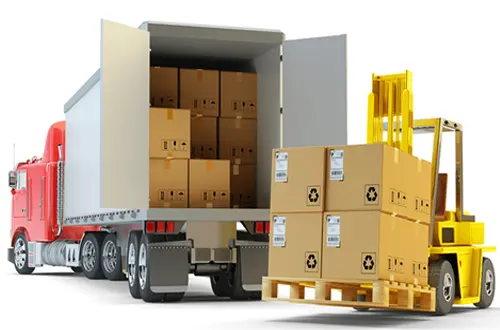Use Off-season Stocking to Save International Logistics Costs
When it comes to international logistics costs, as a seller, are you also facing high freight costs, transportation delays, supply chain interruptions, etc.? The high cost of international shipping has a direct impact on profits. Trying to stock up during the off-season, but the excess inventory cannot be sold in time, resulting in rising inventory costs.

During the off-season, due to less freight volume, logistics companies and express delivery companies usually offer lower freight rates to stabilize supply and attract customers. This provides sellers with an opportunity to reduce shipping costs.
How to take advantage of the off-season to stock up in advance?
Inventory management
Through inventory management, during the off-season stocking period, plan in advance and reserve a certain amount of inventory, weighing the inventory amount and cost to ensure that there is no excess or shortage of inventory. It can effectively avoid the problems of high freight and tight space during peak seasons.
By stocking up during the off-season, sellers can better control their inventory and avoid inventory shortages or emergency replenishment due to surges in demand during peak seasons.
Avoid shortages caused by tight space during peak seasons
Logistics costs are affected by seasonal factors, and tight space during peak seasons may lead to increased freight rates or even delayed shipments. In the off-season, there may be more discount opportunities and goods can be prepared in advance. Sellers can take advantage of the opportunity when logistics demand is relatively low to negotiate more favorable prices and contract terms with logistics service providers.
Through long-term cooperation and bulk transportation, sellers can obtain more stable logistics costs, reduce risks caused by market fluctuations, and ensure that the volume of goods can meet the demand during peak seasons.
Avoid Amazon warehousing
For sellers who use services such as FBA, Amazon often divides the same batch of goods into warehouses, and warehouse divisions will incur additional service fees. Sellers need to take measures to avoid separate warehouses to save logistics costs
How to take advantage of the off-season to save transportation costs?
Choose a high-quality logistics service provider
Not only the price must be considered, but also the reputation and service quality of the service provider. Choose service providers who can provide one-stop logistics solutions and transportation advice. Simultaneously reducing packaging weight and volume can directly reduce shipping costs. Negotiating with warehouse packers to use lightweight packaging materials and reduce unnecessary fillers can effectively reduce shipping costs.
Control product quality and reduce returns and exchanges
By strictly controlling product quality and ensuring the accuracy of descriptions on detail pages, we manage customer expectations, thereby reducing the return and exchange rate and reducing additional logistics costs caused by returns and exchanges.
The logistics cost of international returns and exchanges is extremely high, so sellers need to reduce return and exchange disputes from the source to reduce related logistics costs.
Improve transportation timeliness
In the off-season, logistics service providers have relatively sufficient transportation capacity and richer transportation resources. Sellers can plan logistics plans more calmly and choose appropriate transportation methods and routes. Sellers can take advantage of this opportunity to choose more reliable transportation methods and service providers to improve transportation timeliness and reliability.
Off-season stocking helps sellers better plan and manage inventory. During the off-season, sellers can more calmly analyze market demand and trends and develop more accurate inventory plans. By properly arranging inventory, you can avoid insufficient inventory or emergency replenishment due to surges in demand during peak seasons, thereby reducing additional transportation and warehousing costs.
Through these methods, you can effectively reduce transportation costs during the off-season and prepare for sales in the peak season.










